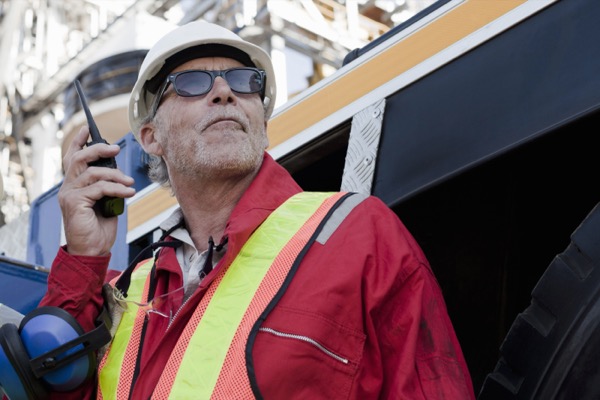The imperative of workplace safety transcends legal obligations, resonating as a profound ethical commitment. Amidst the backdrop of numerous fall-related injuries inflicted upon workers annually—some with fatal consequences—the moral and financial repercussions are profound. Elevating beyond mere adherence to regulations, a safe work environment embodies the cherished values of human life and welfare. The advent of a data-driven paradigm offers a beacon of transformation for safety protocols, harnessing the power of analytics to forge environments where safety prevails.
In this modern era of abundant data, analytics emerge as a potent ally in the quest to avert workplace falls, signifying a pivotal shift from passive response to active prevention. Data-driven methodologies encompass the systematic gathering and analysis of incident data, risk elements, and preventive measures, unraveling patterns and forewarning of potential perils. With these insights, businesses are empowered to enact precise, preemptive actions, thereby bolstering safety and thwarting falls.
The sobering reality of workplace falls is unveiled through stark statistics:
– Globally and nationally, falls rank as predominant causes of severe work-related injuries and deaths, a fact echoed by entities such as the International Labour Organization and the U.S. Bureau of Labor Statistics. These numbers underscore the urgency for efficacious preventive measures.
Specific sectors bear the brunt of heightened fall risks:
– Industries like construction, manufacturing, transportation, and warehousing grapple with increased fall incidents, propelled by factors such as working at elevation, unstable work platforms, and the utilization of bulky machinery. Grasping these sector-specific risks is vital for crafting bespoke fall prevention strategies.
Delving into the science of falls reveals critical insights:
– Comprehending the physics of falls is foundational for devising preventive measures. Loss of the center of gravity prompts an uncontrolled descent, with factors such as surface condition, body position, and fall height greatly affecting the outcome. Knowledge of these dynamics sharpens the focus of safety measures.
Identified common precursors of workplace falls include:
– Often, falls are the culmination of various elements: slick or irregular surfaces, insufficient training, subpar equipment upkeep, and human mistakes. Recognizing these causes paves the way for risk mitigation.
Analytics stand at the forefront of transforming workplace safety:
– Data analytics have revolutionized safety measures by unveiling insights once shrouded in obscurity. Through the examination of historical incidents, worker conduct, and situational conditions, predictive and preventive actions become tangible.
Illustrative examples of triumphant data-driven safety initiatives:
– Various organizations have harnessed data to amplify safety, such as a manufacturing firm pinpointing patterns in equipment-related falls to enhance maintenance and safety protocols.
For risk assessment, tools and techniques are pivotal:
– Employing hazard identification checklists, safety audits, and risk mapping facilitates the discernment of particularly hazardous zones and tasks, directing safety initiatives effectively.
Enacting proactive risk management plans is imperative:
– Recognizing high-risk areas necessitates the implementation of risk management plans, integrating regular inspections, worker education, and the evolution of safety protocols informed by the latest data.
In conclusion, ‘Analyzing and Preventing Workplace Falls: A Data-Driven Approach’ is a testament to a steadfast dedication to workplace safety and well-being. The integration of data analytics, cutting-edge technology, and an anticipatory approach to safety is paramount in risk reduction and employee protection. The trajectory of workplace safety is contingent upon our capacity to evolve, absorb knowledge, and consistently apply these practices. Let’s collectively elevate safety from a regulatory requirement to an intrinsic corporate value, upholding the right of every worker to a secure and protected work environment.







